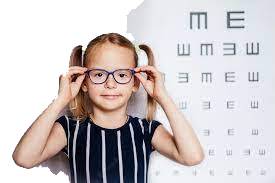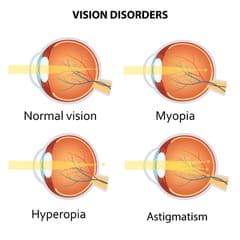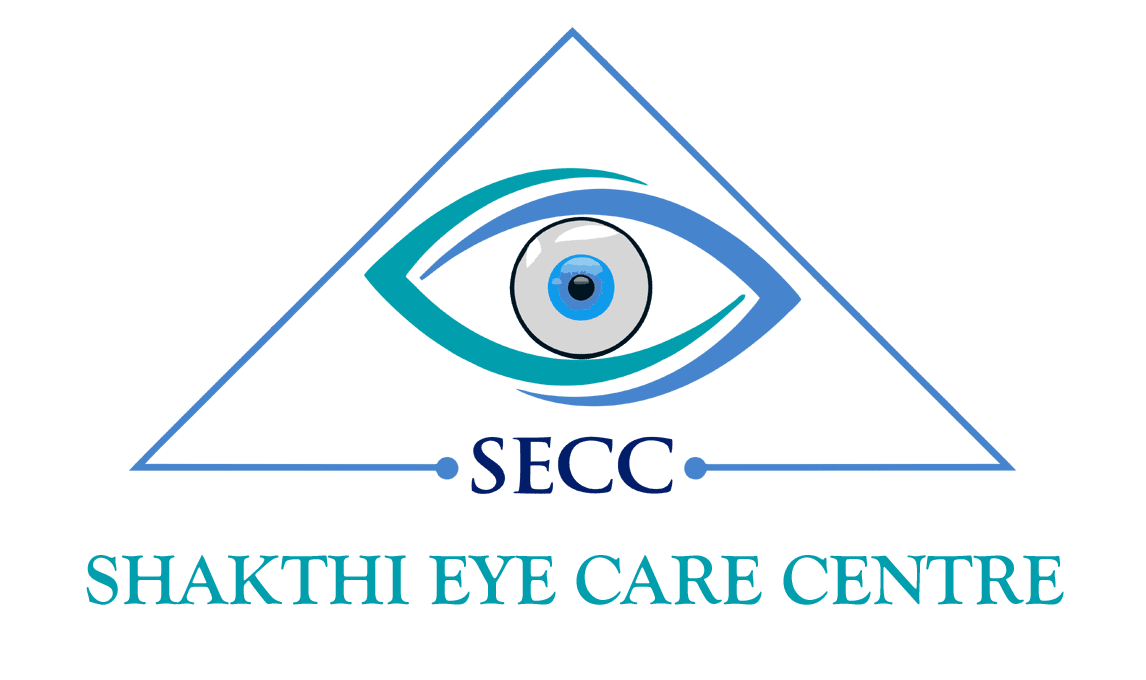Importance of Vision Testing in Children
Many parents are not aware of the fact that it is essential to check vision in all children even if the child is not having any obvious symptoms. Approximately one in 1000 children are blind in India and about 50 percent of the causes of childhood blindness is potentially preventable and treatable. Many times the child may be apparently normal till school going age and the visual impairment can be missed if not examined by an ophthalmologist.
There are various reasons for poor vision in children including genetic factors, cataract, glaucoma, birth injuries, refractive errors, Vitamin A deficiency and infection.
Testing vision in children is different from adults and it can be more time consuming. Often more than one visit to the ophthalmologist is necessary if vision problem is suspected. All children are dilated for complete evaluation followed by post dilated examination on a different day. Many different gadgets available for vision testing in children according to their age. There are special reading charts available for small children who can’t yet read the numbers or alphabets.
Among the various causes mentioned, refractive errors are the most common causes of visual impairment in children. Often the vision problem is noted in the school during routine screening or by the class teacher. The following are some of the signs which suggest that child may be having a vision problem.

- Squeezing of eyes while watching TV & black board
- Holds things at close quarters
- Poor school performance
- Frequent headache / eye strain
- Any deviation of one or both eyes (Squint)
Many parents are under the impression that glasses are not necessary at a young age. Some think wearing glasses at a young age will deteriorate their vision further. Some even believe that vision impairment happens only in adults and not in children. All these are misconceptions and more awareness need to be spread regarding regular eye check up for children.

Comprehensive eye examination is mandatory before 5 years of age in all children. It is equally important for regular periodic vision testing during the school going age. Many may not be aware of the fact that visual development occurs only till 9-10 years of age and if the visual impairment is not treated before the age of 9 years, it often become irreversible resulting in Amblyopia or Lazy eye.
Amblyopia or lazy eye is a condition in which the visual signals from one or both eyes are not properly processed by the brain resulting in permanent, life long visual impairment which cannot be corrected fully. It highlights the importance of early screening and timely diagnosis. Treatment started early will have better outcome and even complete recovery compared with delayed diagnosis. The different treatment options include eye patches, glasses, eye drops etc.
Timely and periodic eye screening is critical for early detection and intervention.
